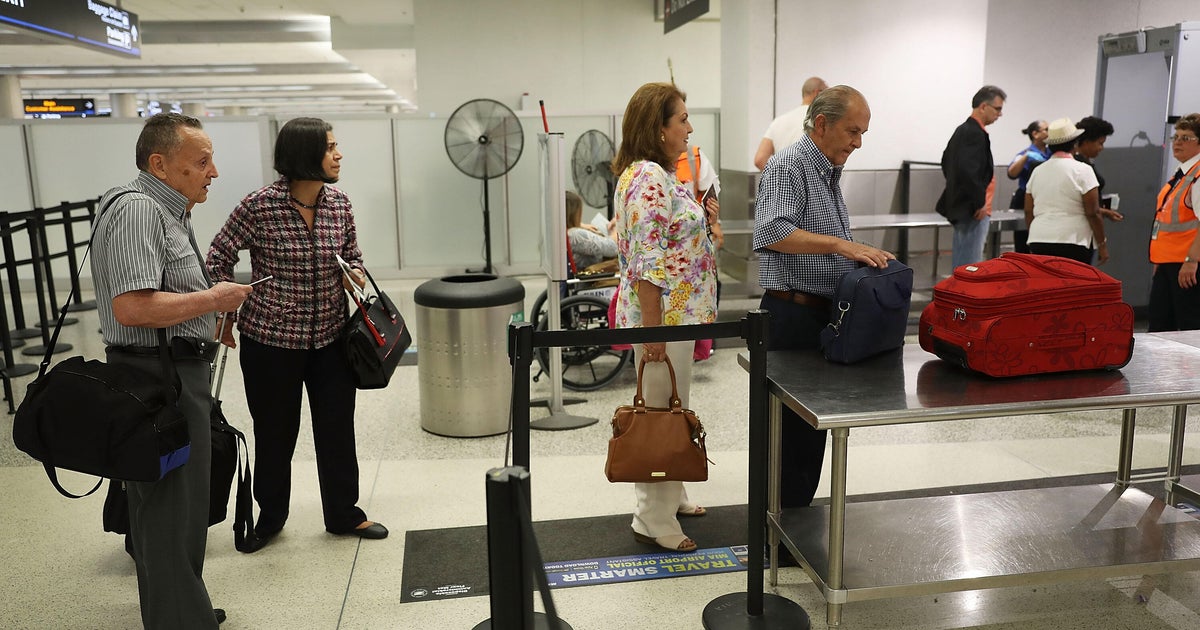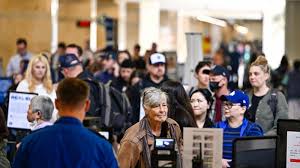After nearly two decades of mandatory shoe removal at airport security checkpoints, the Transportation Security Administration cTSAc is phasing out this policy to enhance passenger convenience at major airports nationwide. Initially introduced in response to security concerns following the thwarted shoe bomb attempt by Richard Reid in 2001, the shoe removal requirement has been a constant feature of air travel security measures since its implementation in 2006.
The recent decision to allow passengers to keep their shoes on during general security screenings marks a significant departure from the long-standing protocol. This revised approach aims to streamline the screening process and expedite passenger flow through security checkpoints, aligning with the TSA's ongoing efforts to optimize safety and efficiency in air travel.
Previously, only travelers enrolled in the TSA PreCheck program could avoid removing their footwear in most instances. However, the new policy, set to roll out across all U.S. airports in the near future, will extend this privilege to all passengers passing through designated screening lanes, with the exception of those triggering security alarms during the screening process who will be subject to additional scrutiny.
The memo issued to TSA officers outlining the updated policy emphasizes the agency's commitment to exploring innovative solutions that balance security requirements with passenger comfort. By allowing more individuals to maintain their shoes on, the TSA aims to strike a balance between rigorous security standards and facilitating a smoother travel experience for the flying public.
Major airports, including Baltimore/Washington International Airport, Fort Lauderdale International Airport, and Cincinnati/Northern Kentucky International Airport, among others, have already implemented the no-shoes rule for standard pre-flight checks. This phased rollout reflects ongoing efforts to adapt security practices to evolving threats while ensuring minimal disruption for travelers.
The shift towards eliminating the shoe removal requirement underscores the TSA's proactive approach to enhancing the passenger journey while upholding robust security measures. As the aviation industry continues to evolve, these changes reflect a continual reassessment of security protocols to optimize the balance between safety and efficiency within the airport environment.
The TSA and the Department of Homeland Security have affirmed their commitment to exploring novel strategies to bolster security protocols and enhance the overall passenger experience. By leveraging technological advancements and operational best practices, the agencies are striving to keep pace with evolving security challenges and improve the effectiveness of screening procedures without compromising safety standards.
In light of these developments, airports across the country are reevaluating their security procedures to align with the evolving landscape of aviation security. As the TSA works to implement the new policy nationwide, travelers can anticipate a more streamlined and seamless screening process that prioritizes both security vigilance and passenger convenience.
The transition away from mandatory shoe removal represents a significant milestone in the ongoing evolution of airport security practices. By embracing innovative approaches and adapting to changing security dynamics, the TSA seeks to enhance the overall travel experience for millions of passengers while maintaining a vigilant stance against potential threats.


